The Artisan Blog

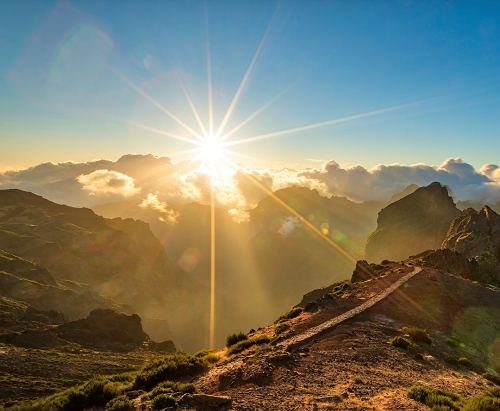
Missed our 10 day destination quiz on our social media platforms? We have included all of our riddles and answers below. Challenge your family and friends to guess which one of our destinations the photo represents. Let us know your score in the comment section below!

Famed for its aromatic botanical gardens, volcanic landscape and plentiful marine life, it’s no surprise that Madeira has been voted Best European Island Destination for 6 years in a row by the World Travel Awards. What’s more, when you take a closer look at Madeira’s cultural scene, you’ll soon see why they are reigning champions.



Madeira Vs The Azores: Which archipelago is for you?
The two stunning Atlantic archipelagos of Madeira and the Azores are favourites amongst our Artisan Travel Experts, but with so much in common it can be difficult to tell them apart! That’s why we’ve decided to pit these two fantastic archipelagos against each other, to help you discover the best place for your next getaway.

Come and explore some of the best islands in the world
Our ethos has always been ‘bucket list experiences in extraordinary destinations’ and though we emphasise the experience side of our trips, we’re incredibly proud of our hand-picked destinations. That’s why we were thrilled to see that others think the same - in fact, they think some of our destinations are the best in the world! Big 7 Travel recently revealed their reader’s poll of the 50 best islands in the world, and we think you’ll recognise some familiar names on there.

Summer might be steadily drawing to a close but that doesn’t have to be the end of your adventures until the snow rolls in during the months of November and December. In fact, here at Artisan Travel we believe that October can be an excellent chance to get away and avoid some fantastic destinations whilst avoiding the busier summer crowds.
So, whether you are looking to soak up the last of the summer’s sun or head north for an Arctic adventure, let us inspire you to get away this October with five of our favourite trips for this often-overlooked time of the year!

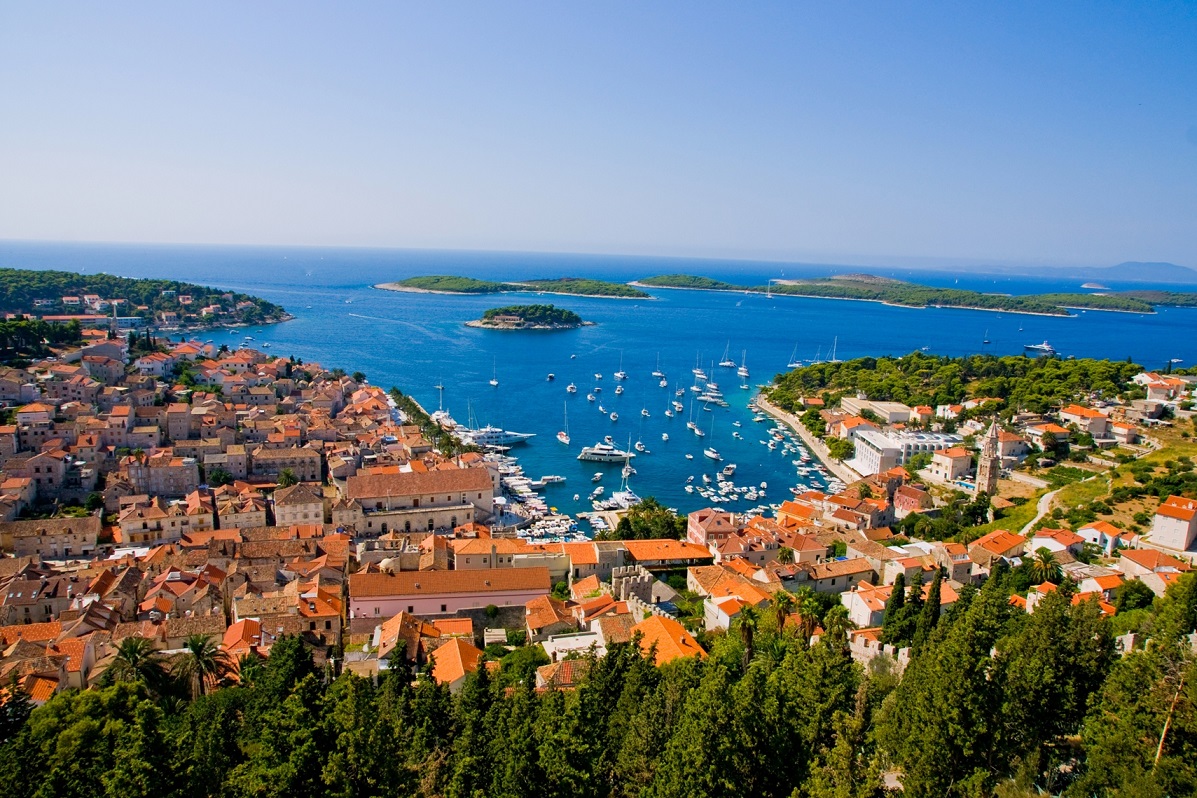
The idyllic summer months offer the perfect excuse to book a long weekend away, somewhere far beyond the typical staycation. Enjoy super-soft sandy beaches, explore vast volcanic landscapes, experience wildlife encounters, or simply bask in the summer sun; from breathtaking archipelagos to Nordic hot-spots – these destinations are all less than a five-hour flight away from London. So, take a look below at our recommendations to plan that much needed weekend away!

The islands of the Azores - which to visit and what to do
Situated in the mid-Atlantic, remote, volcanic yet full of life sit the nine islands of the Azores.
The archipelago’s islands are divided into three; the Eastern Group (Santa Maria and São Miguel), the Central Group (Terceira, Graciosa, São Jorge, Pico and Faial) and the Western Group (Corvo and Flores). On first glance, the rocky landmasses all have a similar presence - rugged and green with impressive geological structures, but delve deeper and you’ll find an individual charm on each island.

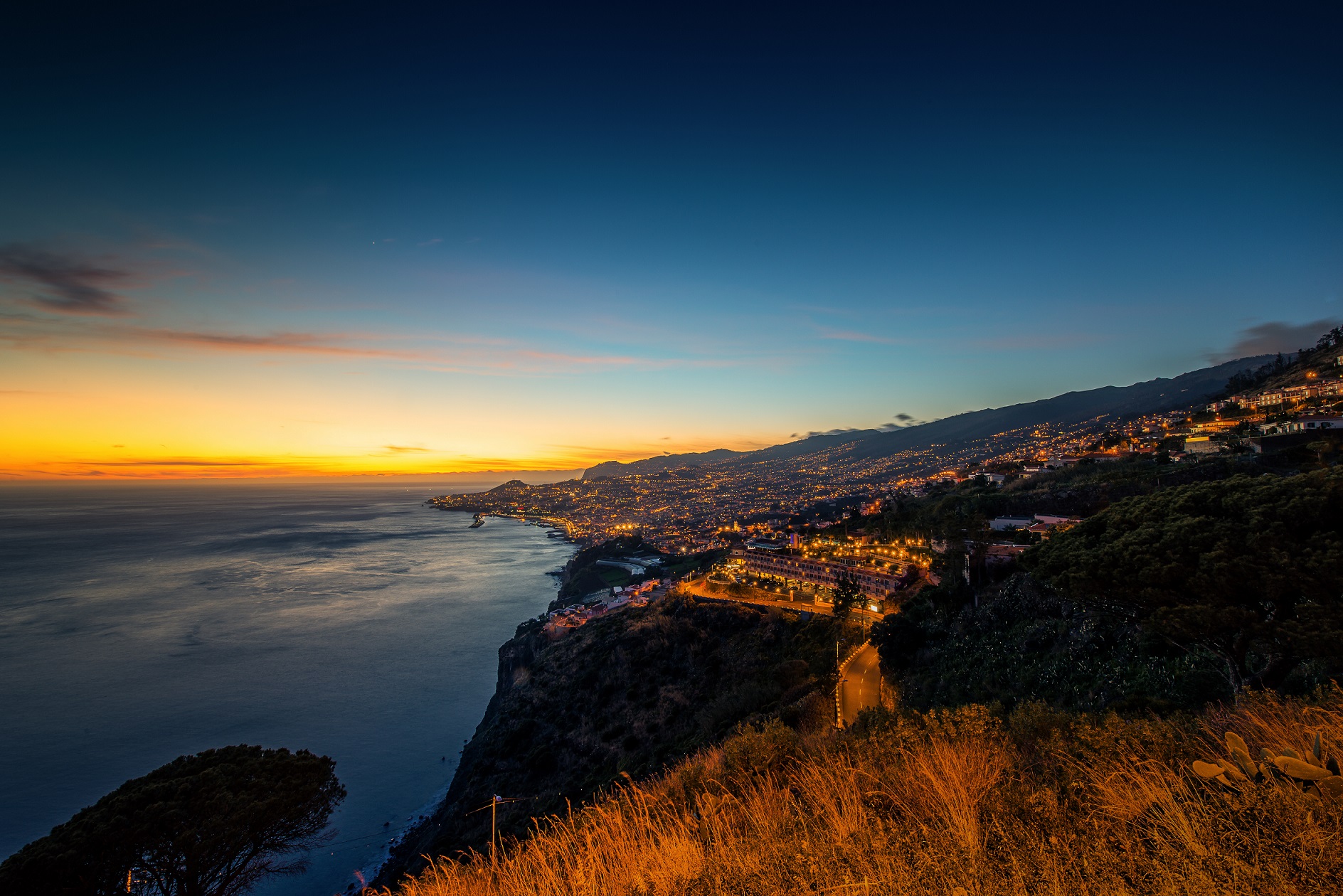
Here at Artisan Travel, we have a vast range of bucket list summer holidays, skilfully designed by our trusted Travel Experts with you in mind. We'll take you from the sun-drenched islands of Croatia’s Dalmatian Coast to Northern Norway to watch the Midnight Sun over the sublime fjords, to the Azores to snorkel alongside dolphins, to Madeira to explore exotic botanical gardens and to Gozo to indulge your passion for photography. Here are our top destinations for you:


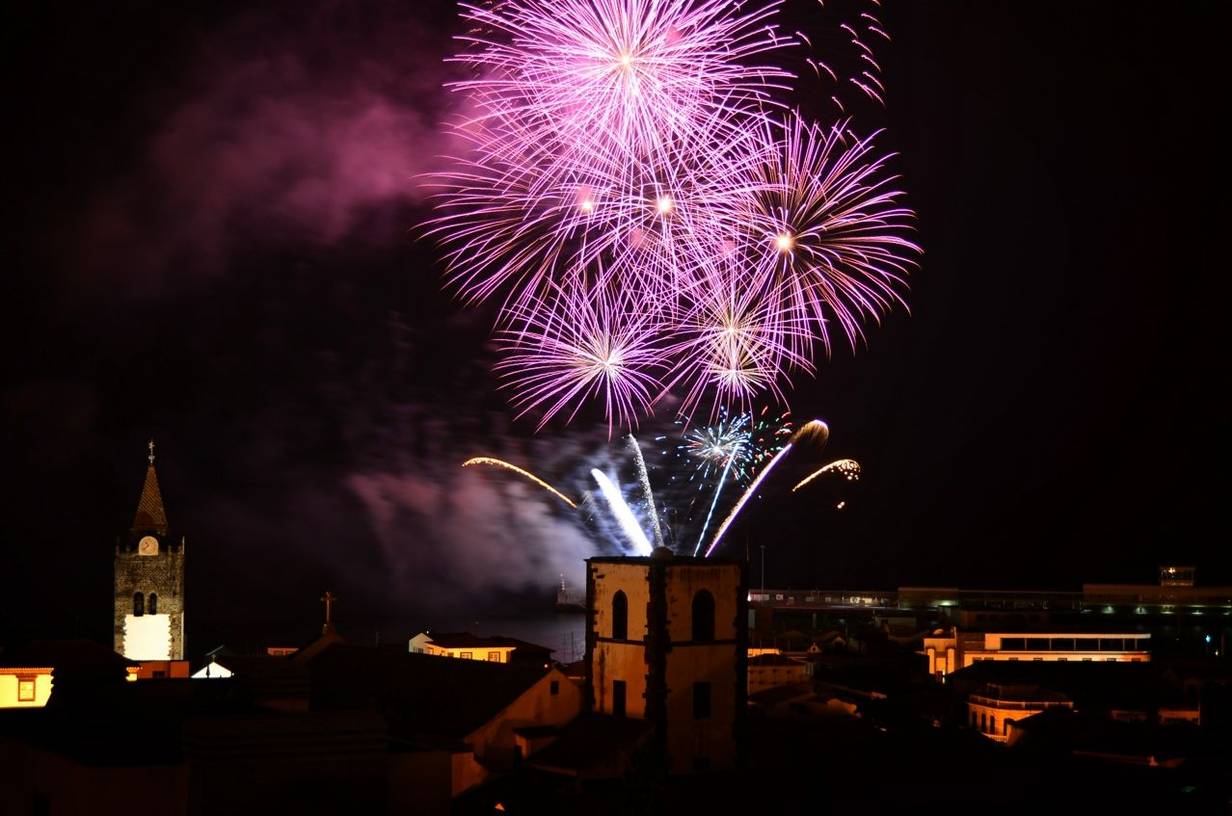



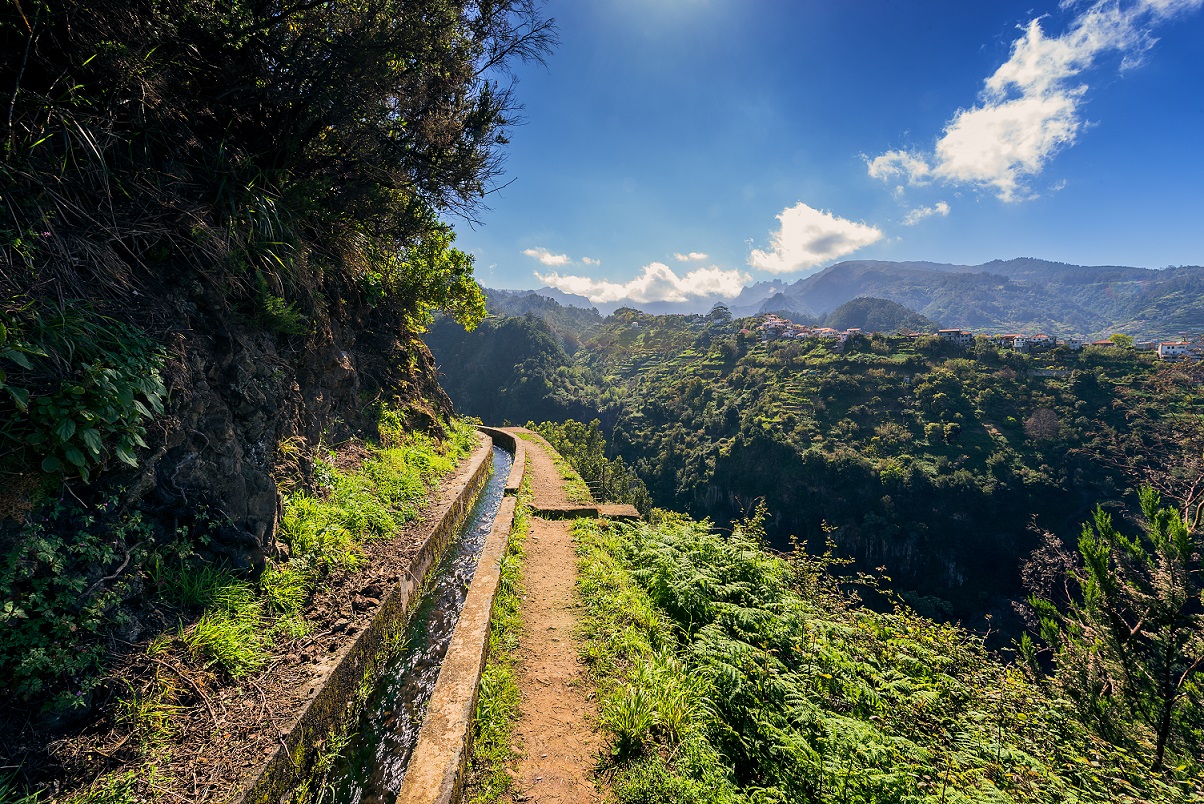
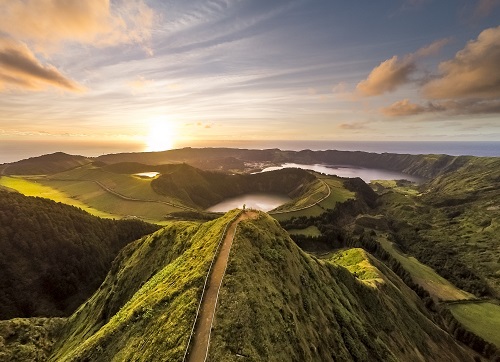






 Travel Website Development
Travel Website Development
